Reviving the Baroque with a Modern Flame
The Sensual Baroque Drama and modern surrealism of Roberto Ferri
In the heart of contemporary art, where abstraction and minimalism often dominate, one artist dares to resurrect the dramatic, visceral spirit of the Baroque.
Roberto Ferri, born in 1978 in Taranto, Italy, is a painter whose work pulses with the intensity of Caravaggio, earning him the title of the modern Caravaggio.
His canvases are a bridge between the 17th century and today, blending masterful technique with a surreal, provocative edge.
Imagine stepping into a dimly lit chapel in Rome, where Caravaggio’s The Calling of Saint Matthew glows with divine chiaroscuro — light and shadow wrestling to reveal truth.
Now, fast-forward to 2025, and you’re standing before Ferri’s The Birth of the Eclipse, a haunting tableau of writhing figures pierced by surreal, metallic instruments.
The connection is immediate: Ferri channels Caravaggio’s theatricality, obsession with the human form, and ability to make the viewer feel the weight of every emotion.
Ferri’s work is steeped in the Baroque tradition — dramatic compositions, hyper-realistic anatomy, and a play of light that seems to breathe.
Yet, he’s no mere imitator.
While Caravaggio’s paintings were imbued with religious and mythological narratives, Ferri infuses his with modern existentialism, surrealism, and a touch of eroticism. His figures, often nude and contorted, grapple with dreams, demons, and desires, reflecting the complexities of the human psyche in a way that feels urgently contemporary.
Ferri’s journey began in Taranto, a city rich with history but far from the art capitals of Rome or Florence. As a child, he was captivated by his grandfather’s encyclopedia, its pages filled with Caravaggio’s shadowy masterpieces. This early fascination led him to the Liceo Artistico Lisippo in Taranto, where he graduated in 1996.
A self-taught painter at first, Ferri moved to Rome in 1999, immersing himself in the study of 16th- to 19th-century art. By 2006, he had graduated with honors from the Academy of Fine Arts in Rome, his style already a bold fusion of Baroque, Romanticism, Academicism, and Symbolism.
Cultural Canvas is a reader-supported publication. Every like, comment, share, or donation helps us grow—your support truly matters!
His influences are a constellation of old masters: Caravaggio’s raw emotionality, Bouguereau’s polished idealism, Velázquez’s technical precision, and even Salvador Dalí’s surreal dreamscapes.
Ferri’s ability to synthesize these voices into something distinctly his own is what sets him apart. As he told Impeached Magazine, his art emerges from
“what I live, but also what I dream,”
a duality that merges the tangible and the otherworldly.
Caravaggio was a revolutionary because he made light a character in his paintings, using chiaroscuro to sculpt figures out of darkness. Ferri follows suit, but with a twist.
His light doesn’t just illuminate — it probes, exposing the vulnerability and strength of his subjects.
In works like The Angel, the Death, and the Devil, three nude figures — an angel, a deathly figure, and a devil — intertwine in a snowy, ethereal landscape. The contrast of light and shadow gives the scene a three-dimensional depth, while the surreal elements evoke a psychological narrative that Caravaggio might have admired but never imagined.
Symbolism is another cornerstone of Ferri’s art, though it differs from Caravaggio’s.
Where Caravaggio wove religious and mythological symbols into coherent stories, Ferri’s symbols are more enigmatic, often serving as metaphors for existential struggles.
Olive branches, surgical tools, and metallic contraptions appear in his paintings, hinting at themes of mortality, transformation, and the collision of nature and machine. As Estrosfere notes, Ferri’s symbolism "plays a secondary role” compared to Caravaggio’s, prioritizing aesthetic impact over narrative depth — but this choice aligns with a modern world that often favors sensation over substance.
Ferri’s art walks a tightrope between beauty and discomfort, much like Caravaggio’s did in his time.
His nudes are not idealized in the classical sense; they are muscular, visceral, and often erotic, echoing the boldness of fashion photography more than academic posing. In Alba Vermiglia (2020), a deep red cloth drapes over a tormented figure, blending Baroque beauty with a horror-film aura.
This fusion of the sacred and the profane, the ancient and the modern, makes Ferri’s work both timeless and provocative.
His paintings also challenge contemporary norms.
In an era where abstract and conceptual art dominate, Ferri’s commitment to figurative painting and academic techniques feels almost rebellious. As he quipped in an interview with EFE, he’ll never
“dedicate (himself) to the abstract,” staying true to a style that “represents and identifies” him.
This defiance has earned him a global following, with works in private collections from Rome to Qatar and exhibitions at the Venice Biennale (2011) and Barcelona’s MEAM (2021).
Perhaps the ultimate testament to Ferri’s skill is his commission to paint two portraits of Pope Francis for the Vatican in 2014 — one a full-body depiction, the other a bust displayed above the Pope’s chair in a meeting room.
Unable to paint from life, Ferri worked from photographs, yet captured the Pontiff’s humanity with a reverence that echoes Caravaggio’s sacred subjects.
These portraits, alongside his 14 canvases for the Via Crucis in Noto’s Cathedral, show Ferri’s ability to bridge the spiritual and the artistic.
His influence extends beyond religious art. His work has appeared in films and inspired countless people, with fans calling him Caravaggio 2.0, praising his ability to
“give body and form to dreams—or nightmares.”
Yet, some critics argue he falls short of Caravaggio’s narrative depth, leaning too heavily on visual spectacle. If Ferri could marry his technical brilliance with deeper storytelling, he might achieve a revolutionary impact akin to his predecessor’s.
Roberto Ferri is more than a painter.
He’s a reminder that the past can speak to the present. In a world saturated with fleeting digital images, his meticulous, hand-crafted canvases demand attention and introspection. He proves that Baroque ideals — drama, emotion, and technical mastery — remain relevant, even as he pushes them into surreal, modern territory.
As DailyArt Magazine puts it, Ferri’s work is a
“beautiful dialogue between the ancient and the modern,” a testament to art’s power to transcend time.
What do you see in Ferri’s world? A dream, a nightmare, or something in between?
Dive into Ferri’s work at robertoferri.net
I hope this article has sparked your curiosity and deepened your appreciation for Roberto Ferri’s hauntingly beautiful art.
Let the light guide your eye, the symbols whisper their secrets, and the echoes of the Baroque master flow through the hands of his modern heir.
Missed our last piece? Read it here!
Thank you for being part of Cultural Canvas! If you love what we do, consider supporting us to keep it free for everyone. Stay inspired, and see you in the next post!


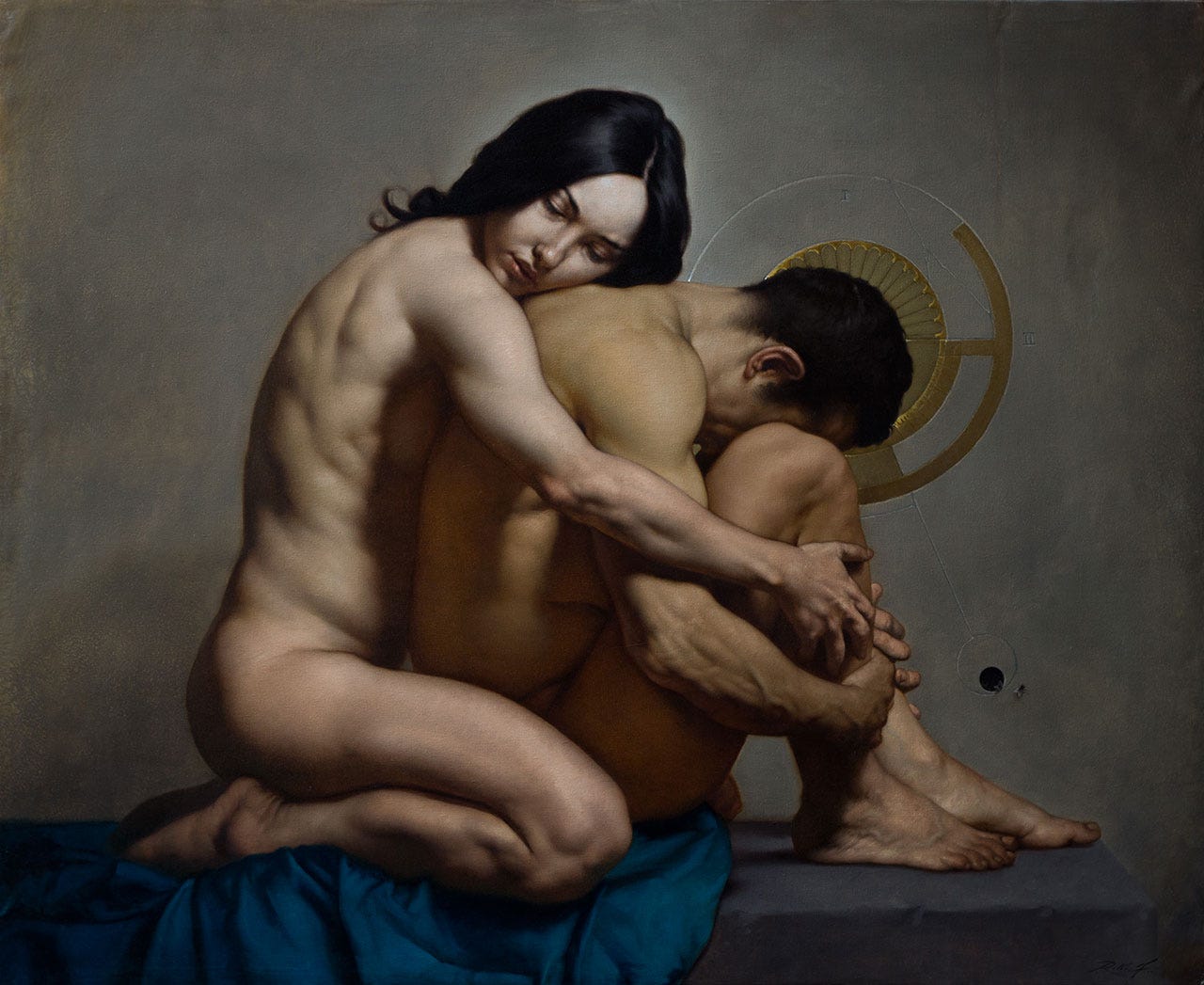
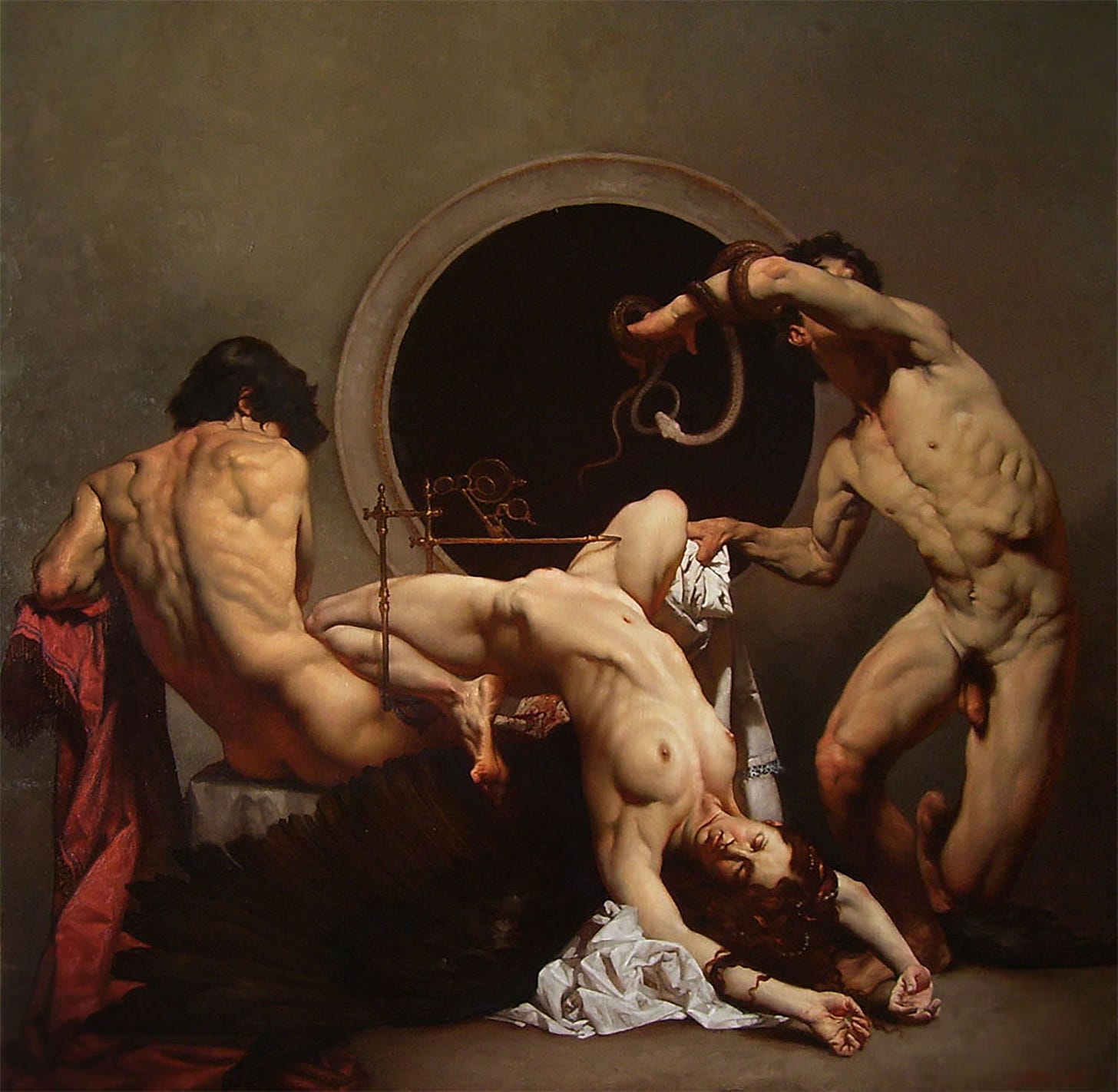
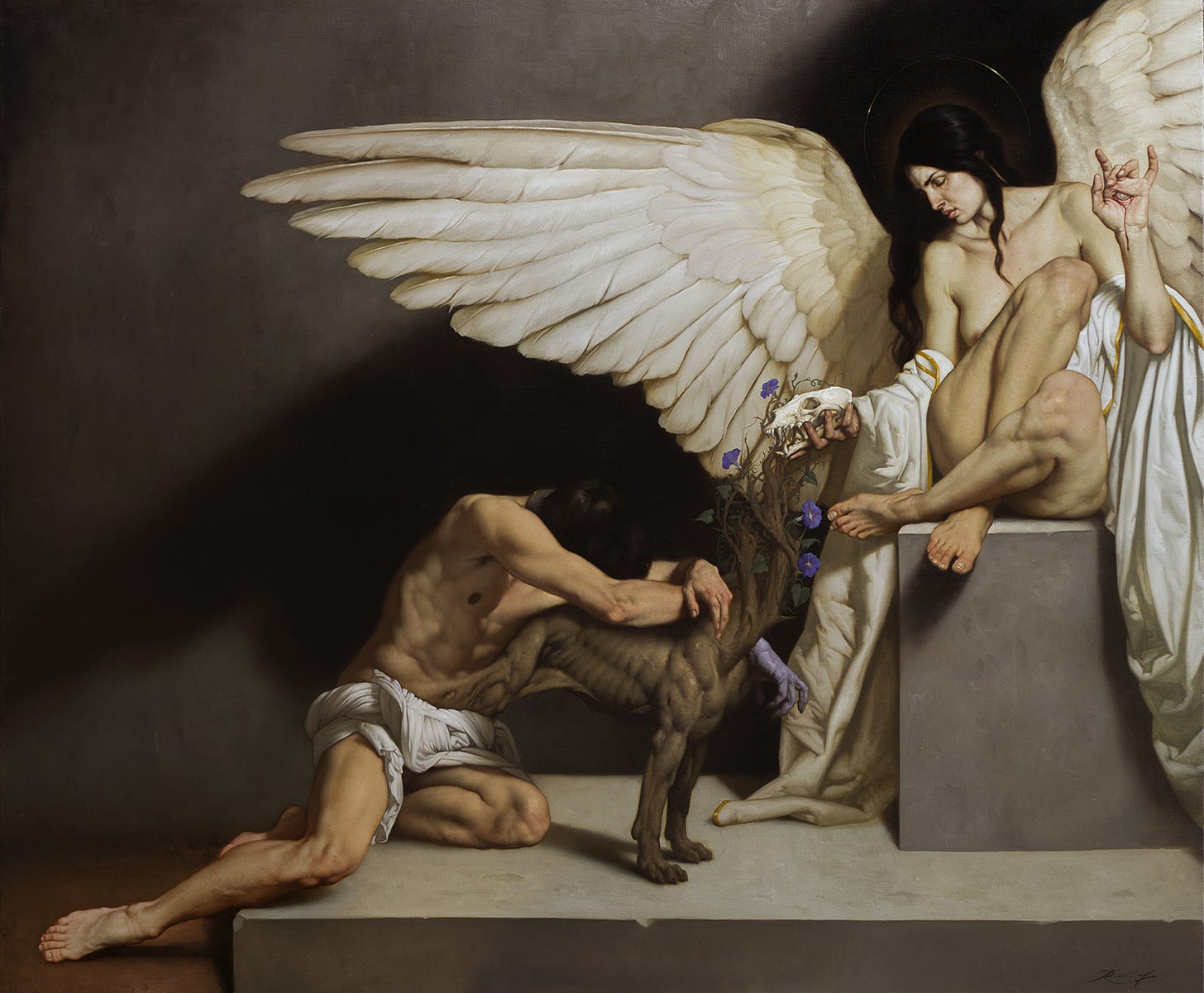
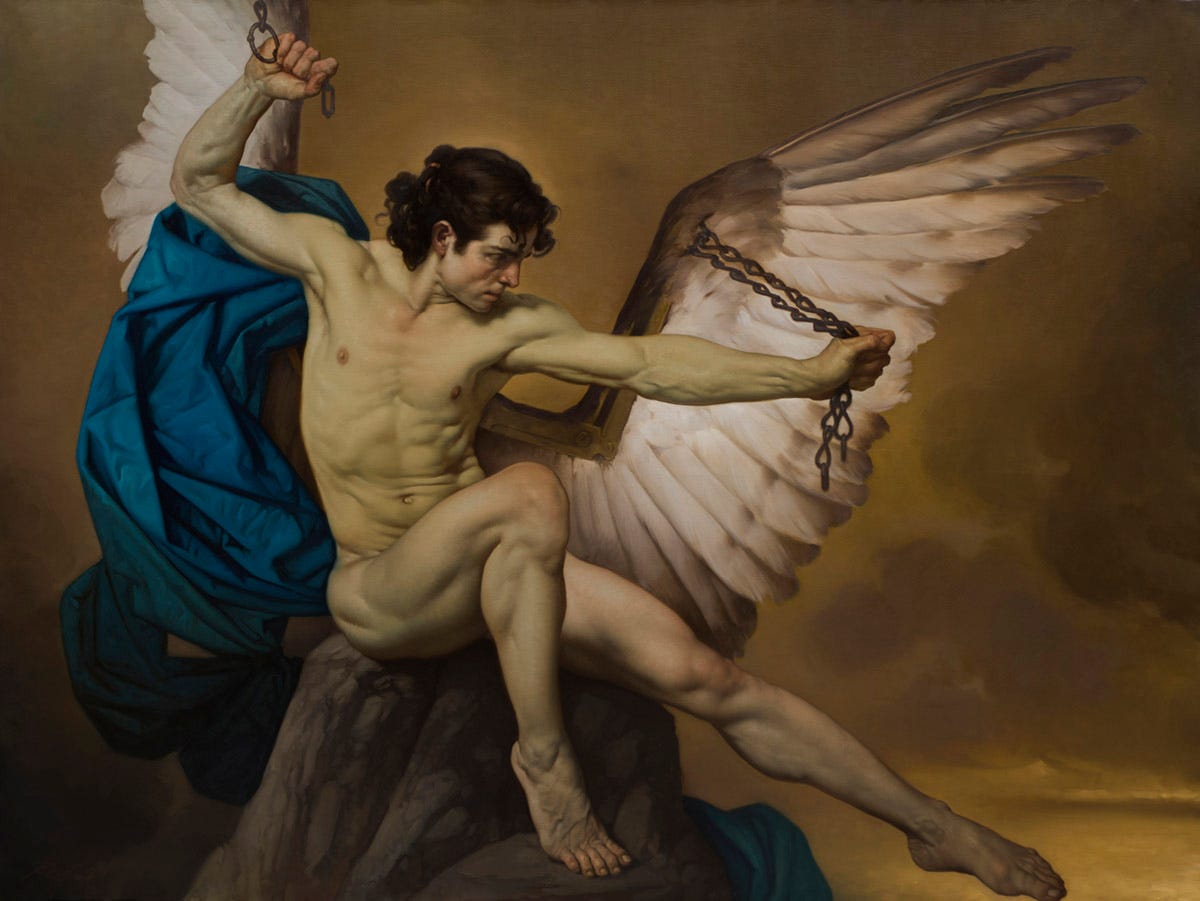
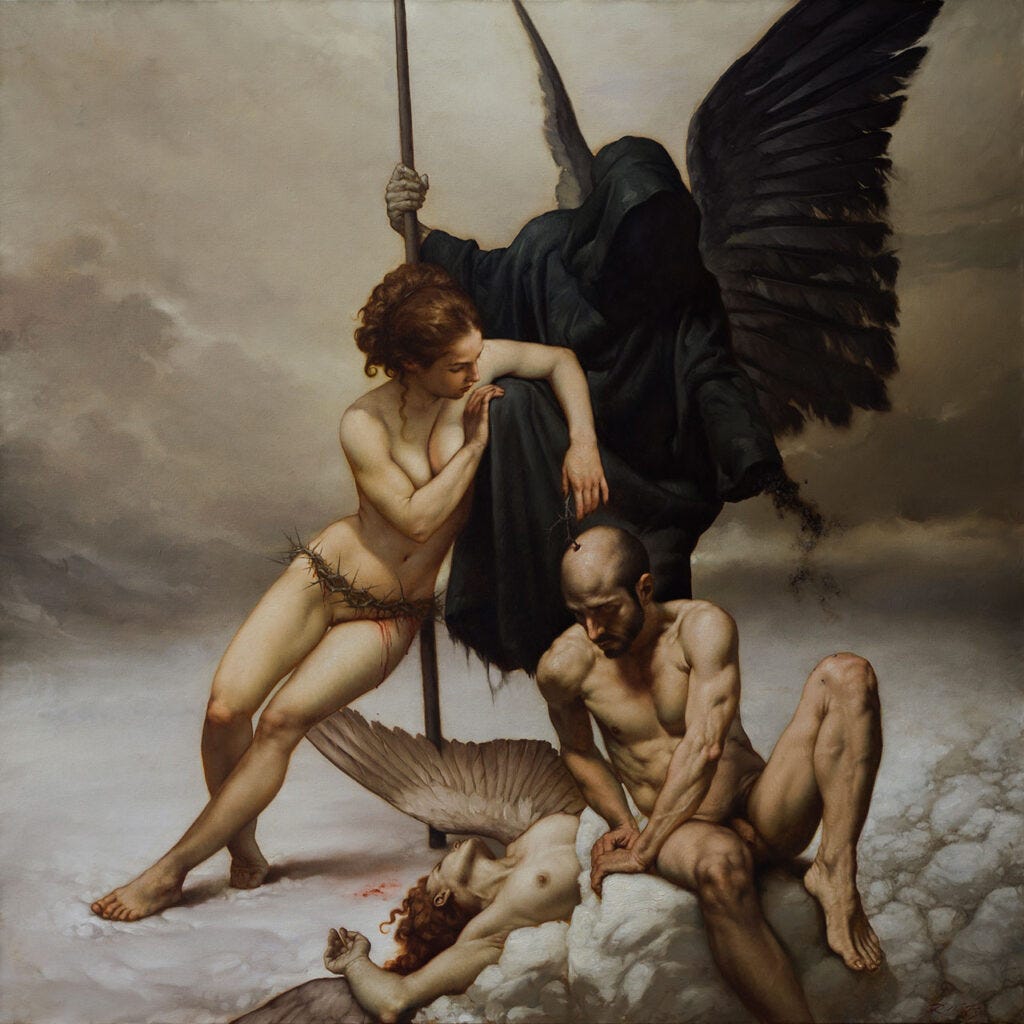
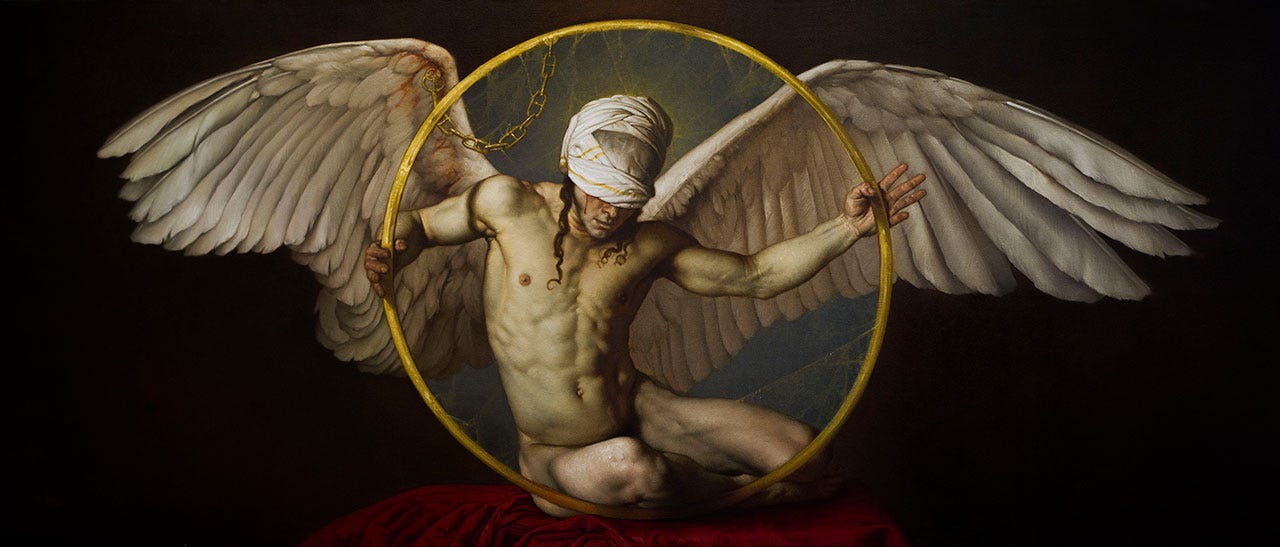
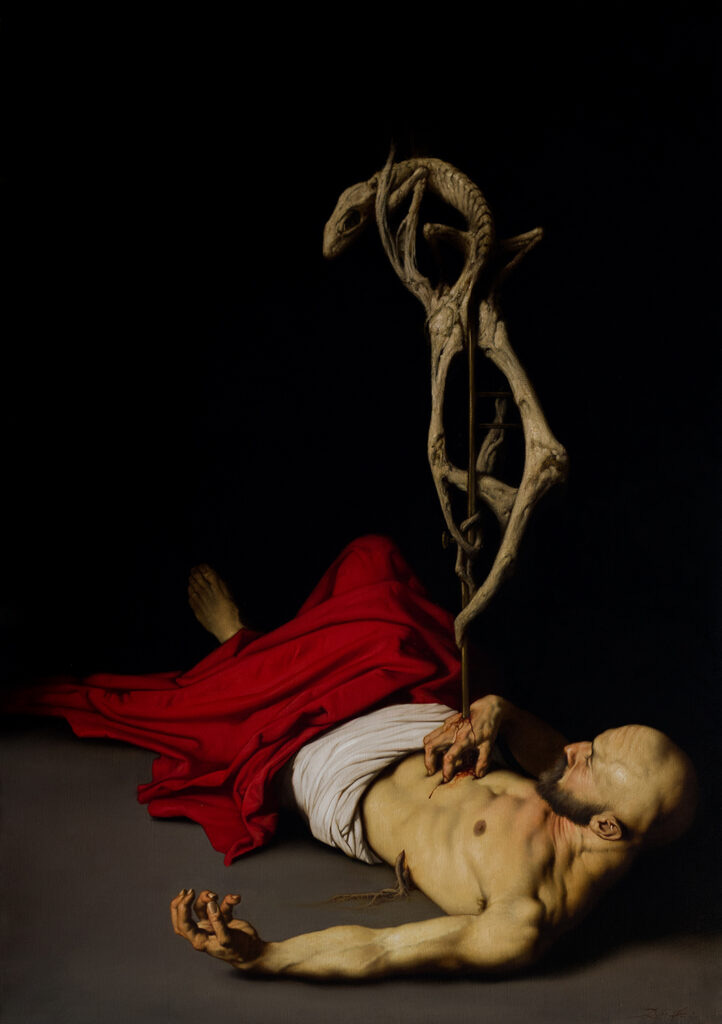
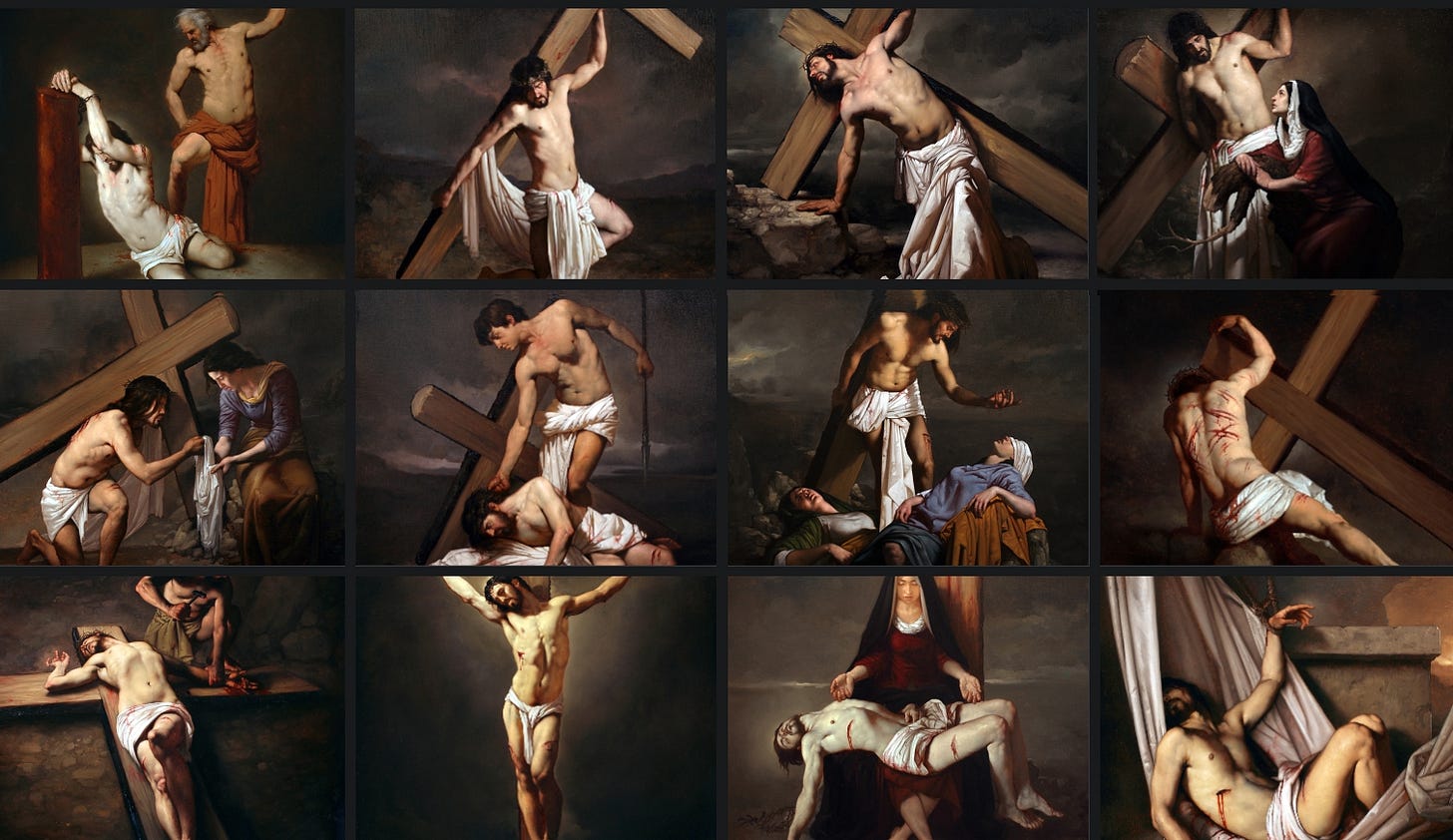
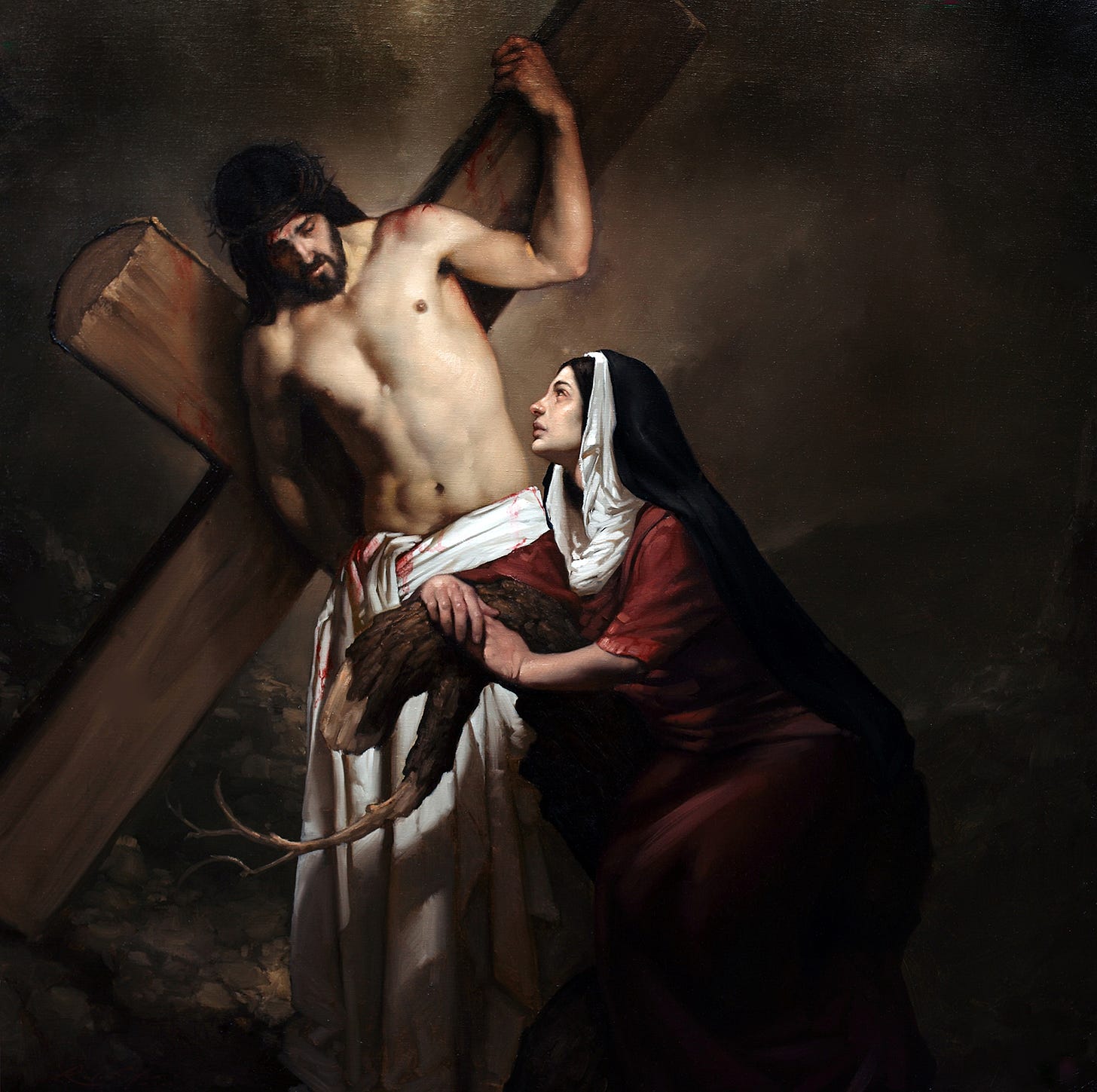
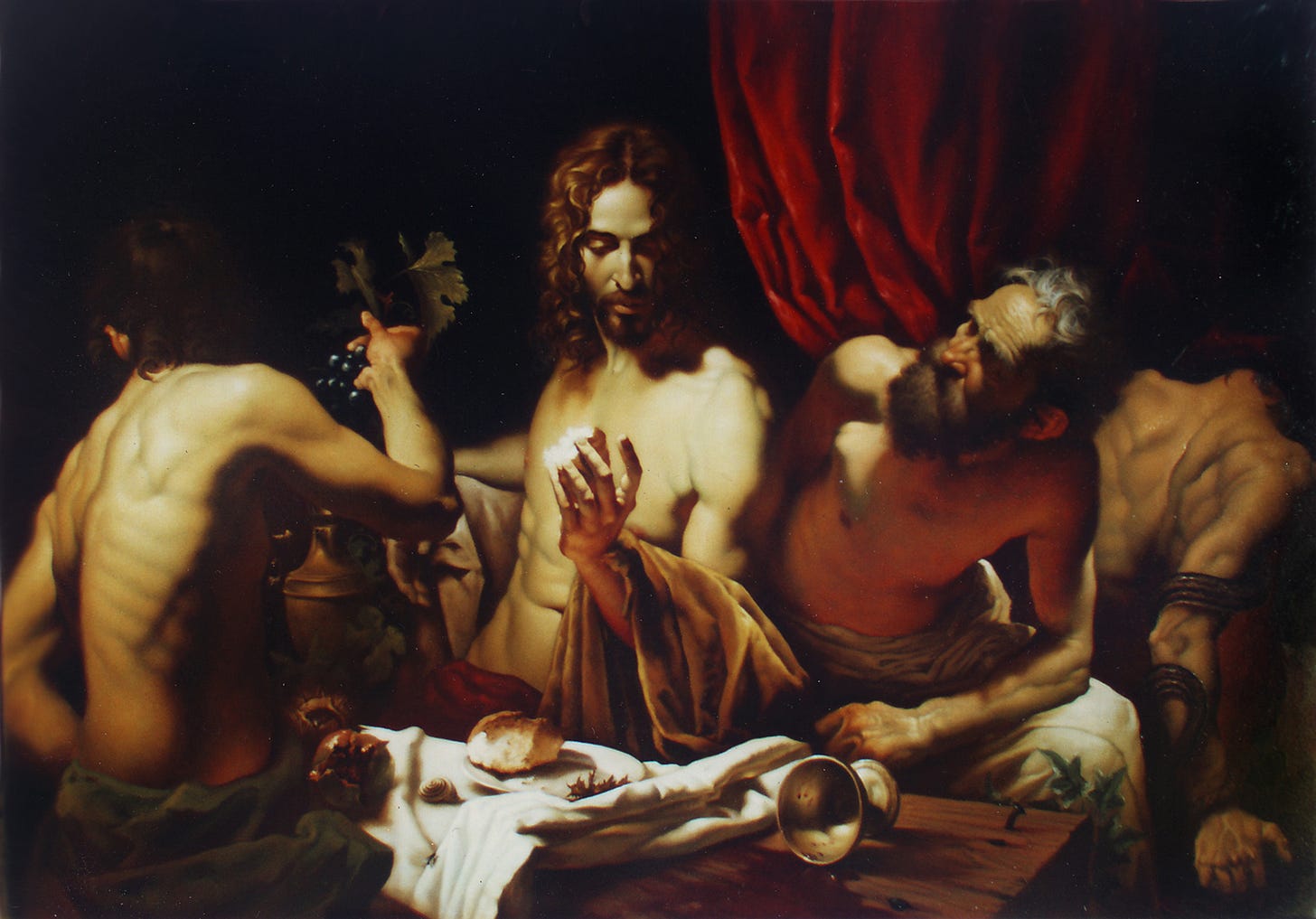
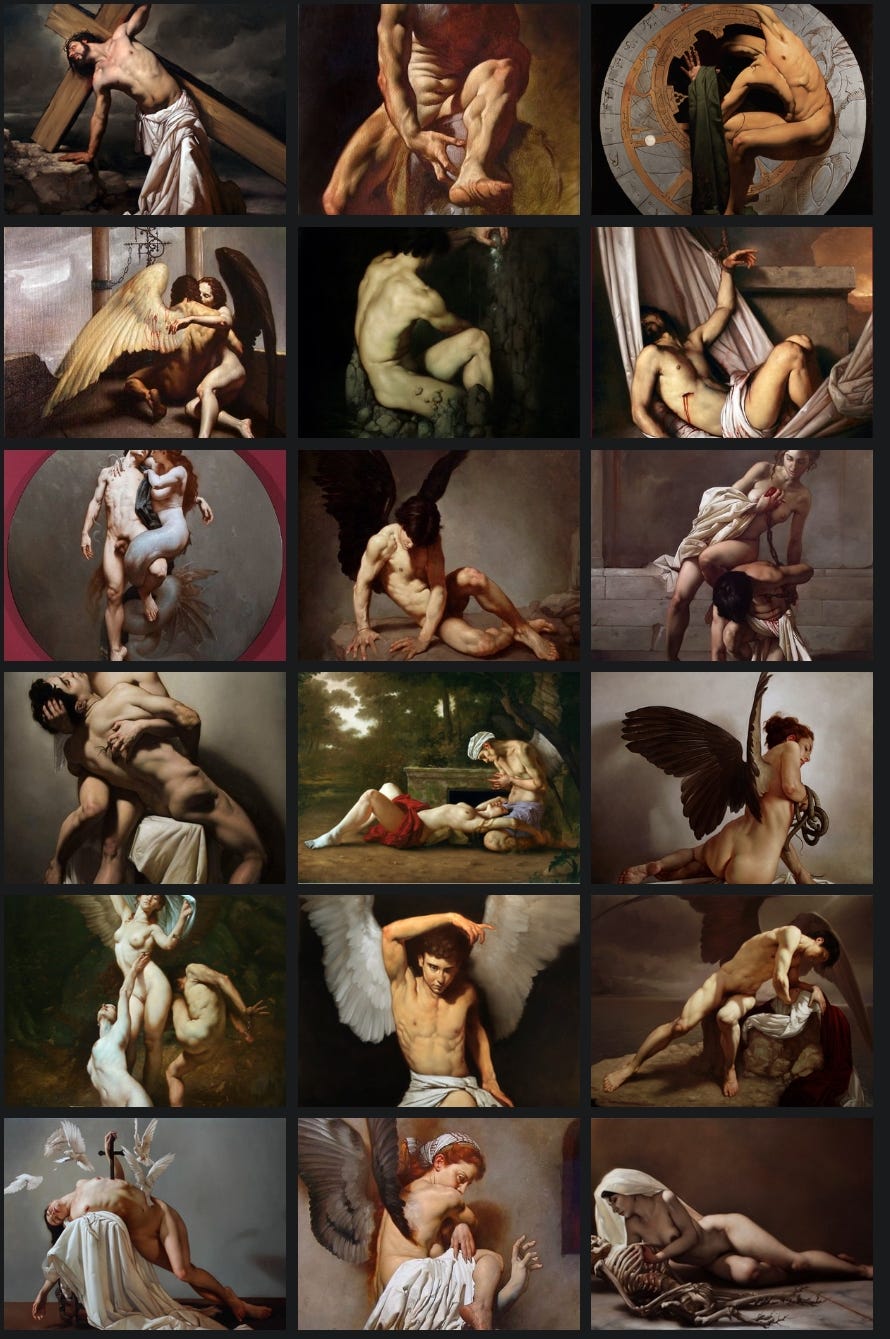

Fascinant, interesting article. Ferri had a true gift, thanks for making me aware of him!
Loved the Article Muse
Sending appreciation from Hello my Name is Human